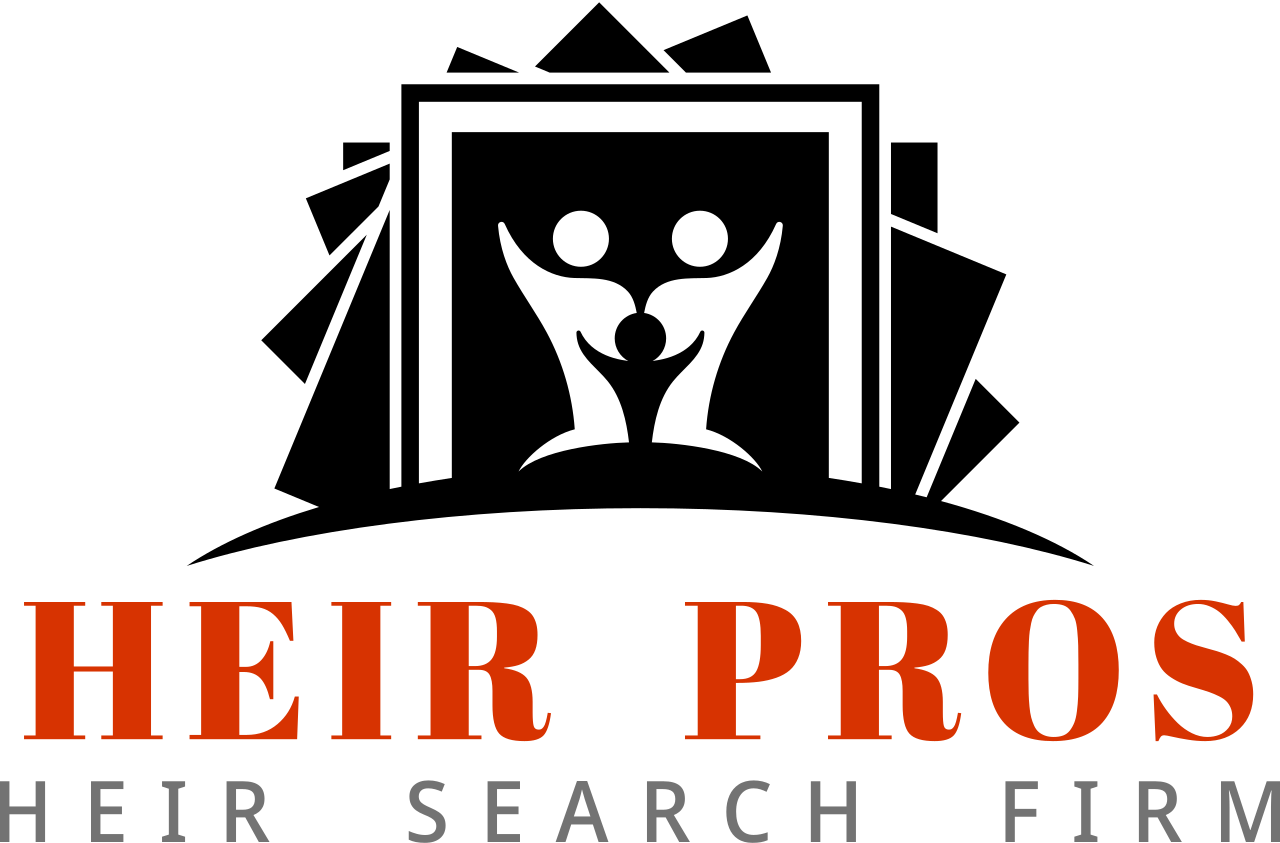Summary
Navigating conflicts between named beneficiaries and heirs can be a complex aspect of estate planning. Attorneys must balance legal obligations, the deceased’s intentions, and the rights of all parties involved. This article explores common challenges, a step-by-step process for addressing conflicts, frequently asked questions, expert tips, and resources to ensure that legal professionals can manage these sensitive situations effectively.
Overview
When a loved one passes away, the distribution of their assets can quickly become a contentious issue. Conflicts may arise between named beneficiaries in a will and intestate heirs—those who would inherit under state law if no valid will exists. As an attorney, understanding how to navigate these disputes is crucial.
Common Challenges
Several challenges can arise in these situations:
- Ambiguous language in wills: Vague stipulations can lead to differing interpretations among parties.
- Changes in family dynamics: Relationships may change over time, impacting the intentions of a deceased.
- Disputes over validity of the will: Heirs may contest the will, claiming it does not reflect the decedent’s true wishes.
- Lack of communication: Insufficient discussions before death may create misunderstandings about asset distribution.
- Potential for emotional conflict: Family dynamics can make negotiations tense and difficult.
Step-by-Step Process
Handling conflicts between beneficiaries and heirs requires a systematic approach:
1. Assess the Situation
Start by gathering all relevant documentation:
- Copy of the will
- Trust agreements, if applicable
- Beneficiary designations
- Any correspondence related to asset distribution
2. Identify the Parties Involved
Determine who the named beneficiaries are and identify any potential heirs under state intestacy laws. This step involves consulting the local statute for heirs, which can generally be found through state government resources.
3. Open Lines of Communication
Facilitate an open dialogue among all parties. It’s essential to create an environment where everyone feels heard. Organize a meeting, either in person or virtually, to discuss their views and concerns.
4. Clarify Legal Rights
Educate both beneficiaries and heirs about their legal rights. Share information on estate laws specific to the state, which can clarify common misconceptions. For example, you may refer to information available in The National Association of Secretaries of State here.
5. Seek Compromise
Encourage a resolution through compromise. This may mean negotiating a settlement that satisfies both beneficiaries and heirs.
6. Document Any Agreements
Once a consensus is reached, document all agreements formally. This should involve a thorough review of the paperwork and, ideally, should be reviewed by all parties involved and their respective legal advisors.
7. Pursue Legal Action, if Necessary
If conflicts cannot be resolved amicably, litigation may be unavoidable. Prepare for possible court proceedings, ensuring that all necessary documents and expert testimonies are ready.
FAQs
What should I do if there’s a conflict between an heir and a beneficiary?
Start by gathering all relevant documents and facilitating open communication between the parties involved. It may also be beneficial to seek legal counsel for clarity on rights and obligations.
Can an heir contest a will even if they are not a beneficiary?
Yes, heirs may contest a will if they believe it is invalid or does not reflect the true intentions of the deceased. State laws dictate the grounds for contesting a will.
What happens if a named beneficiary has passed away?
If a named beneficiary predeceases the decedent, the assets may either pass to alternate beneficiaries, or if none are designated, revert to the estate and be distributed per state intestacy laws.
How can I prevent disputes in the future?
Open communication regarding estate plans and regular updates to wills can help avoid disputes. Additionally, working with legal professionals to draft precise documents can minimize ambiguity.
Expert Tips
- Document everything—communication, agreements, and evidence of the deceased’s intentions.
- Encourage family meetings while the person is still alive to avoid misunderstandings later on.
- Stay neutral as an attorney and focus on the legal aspects of the situation rather than familial emotions.
Related Resources
For more insights on conducting efficient heir searches and resolving estate disputes, visit HeirPros.com for professional assistance.




